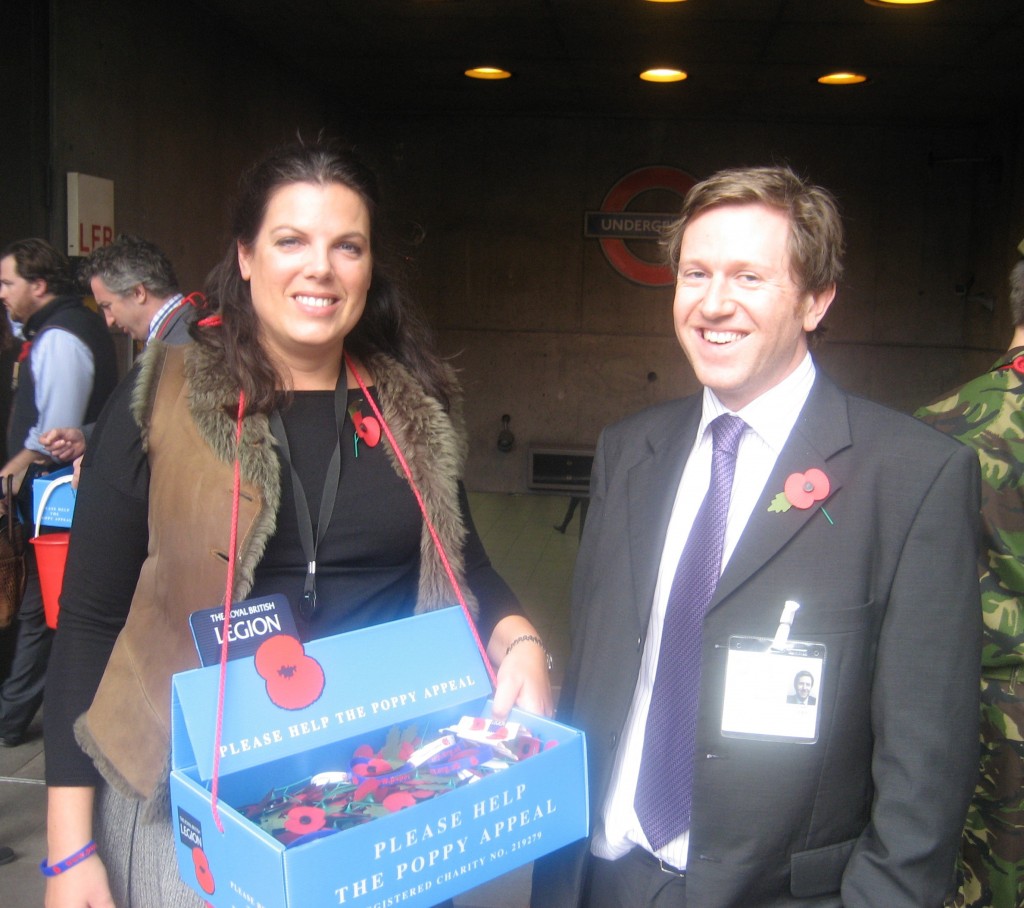Scientists on the Road travel to Science Festivals
It was an interesting summer for Scientists on the Road. We participated in two big science events. At the Big Bang Near Me@Bournemouth and Poole and the Winchester Science Festival.
Scientists on the road tried with an easy and fun hands-on activity to explain to students and future scientists Ocean Acidification and its impact on the ocean and sea organisms.
Approximately one quarter of carbon dioxide emitted by humans in the air is absorbed by the ocean. This alters the chemical composition of the sea: a more acidic water threatens the life conditions of organisms whose skeletons or cells are made of calcium carbonate, such as phytoplankton, snails, mussels or, more evident to the human eye, corals. In order to explain children how Ocean Acidification works, we used red cabbage juice, a safe acid/base indicator which reacts in a clear manner to the introduction of CO2 by changing colour.
The star of the show was some red cabbage juice. We poured a very small volume of the cooled juice into test tubes and we asked children to blow through a drinking straw repeatedly for a few minutes until they could see the cabbage juice turn noticeably pinker that the juice in the bottle.
What has happened? The carbon dioxide in the breath combined with the water in the cabbage juice (cabbage is an acid indicator) to form carbonic acid, causing the pH of the solution to drop and the cabbage juice to turn pink.
Why this is interesting? About a quarter of the carbon dioxide released by activities like burning fossils fuels is absorbed by oceans and as a result the ocean water becomes more acidic, like the cabbage juice in the experiment.
Our simple experiment was particularly successful; the children and some of their teachers too, had a lot of fun blowing into the cabbage juice and after the experiment they told us that they now have a better understanding of what ocean acidification is and why it is important.
It was great a experience for us all, as well. The experiment stimulated the imagination of the young students and during the lively discussion afterwards they were able to offer us some out of box thinking and we came up with some rather pioneering ideas and innovative solutions of how to combat ocean acidification.
Participants
Eleni Angnostou Graeme MacGilhrist Migue Martínez-Botí Athena DrakouIntegrated Ocean Drilling Program, Episode Two
Core on Deck
The Integrated Ocean Drilling Program (IODP)
Expedition 342 will drill a depth transect between ~2400 and 5000 m water depth into a sequence of rapidly accumulated sediment drifts of Paleogene age on J Anomaly Ridge and Southeast Newfoundland Ridge. The science party will study multiple extreme climate events at unprecedented temporal resolution from a high-latitude site during an interval of time when Earth was much warmer than today.
Visiting Westminster
For a week at the beginning of November, project-PI Dr. Gavin Foster took part in the Royal Society MP-Scientist pairing scheme.
This involved several days in Westminster learning about how cutting edge science is used by government and Gavin attended several select committee meetings on topics ranging from shale gas exploitation to the UK’s potential for marine renewables. For the second half of the week Gavin shadowed his pair – Caroline Nokes MP for Romsey and Southampton North – attending meetings and even helping her sell poppies at Westminster tube station !
The second stage of the scheme is for Caroline to visit NOCS early in the new year to see how an isotope geochemist spends his time.
Links
Follow us on Twitter
Recent Posts
- In the News : What a three-million year fossil record tells us about climate sensitivity
- Past evidence confirms recent IPCC estimates of climate sensitivity
- Crucial new information about how the ice ages came about : PR & Podcast
- 2014 Sino-UK Coevolution of Life and the Planet Summer School
- Past and Future CO2 – Reconstructing atmospheric Carbon Dioxide






